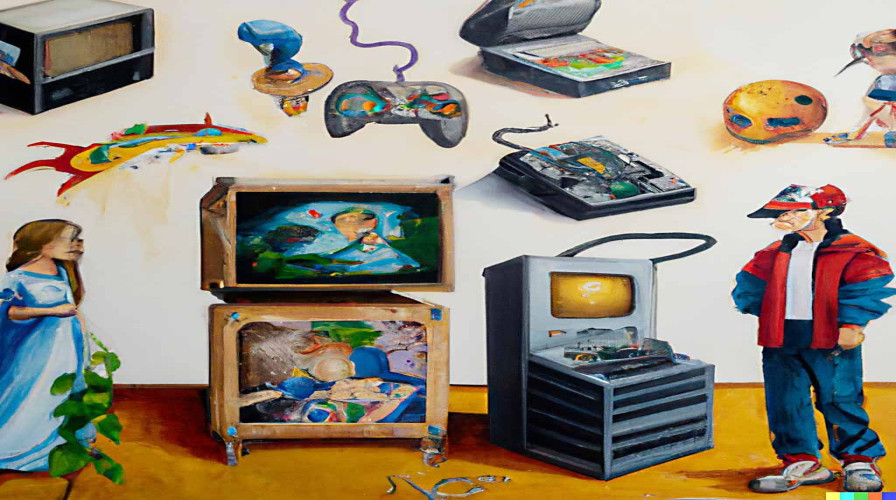An Argument That Video Games Are, Indeed, High Art

Over the past 20 years, video games have begun to shift in purpose and use. Up until 1994, games were not much more than time killers and competitive electronic games. Sure, they had graphics, music, and dialogue, but the target audience was teenage boys with pockets of quarters or parents with enough disposable income to buy a game system. For this reason, many discounted the medium as anything beyond digitized games -- the argument being that if we don’t call chess or basketball art, we also shouldn’t call Pong or Madden Football art. The most vocal of this camp is the famous film critic Roger Ebert. He publicly battled against the perception of video games becoming art from 2006 to his death in 2013. In a piece on his blog titled “Video Games Can Never Be Art,” he states, “No one in or out of the field has ever been able to cite a game worthy of comparison with the great poets, filmmakers, novelists and poets.”
However, the medium of video games is potentially post-modern art and should be viewed through the same critical lens as any other form of art. Even if there is not a game yet that could be considered an epic, the medium is changing faster than all other forms of art and will only continue to do so as technology advances and cultural perception shifts -- look at how much games have changed since their conception 60 years ago. Not all games deserve the title of art or high art. But, to be fair, we also sell terrible paintings and trashy books.
What qualifies a piece or medium to be art? While a complete definition of art will not and cannot be provided here, a search on Google will suggest that art is “the expression or application of human creative skill and imagination, typically in a visual form such as painting or sculpture, producing works to be appreciated primarily for their beauty or emotional power” and “subjects of study primarily concerned with the processes and products of human creativity and social life, such as languages, literature, and history (as contrasted with scientific or technical subjects).” And while not on the list, truisms of art include: Warhol’s phrase, “Art is anything you can get away with;” Degas’ quote, “Art is not what you see but what you make others see;” and a general idea that the goal of art is to embody an idea or invite an experience and/or reaction.
While placing video games into those broad guidelines is easy enough that most people would probably shrug their shoulders and be willing to say “that makes sense,” it is important to realize that not all games meet this criteria. For instance, there is a very real divide between designers and artists which at its basic level is craft versus art. Where all games are designed, not all design is art. Design can be creative and art, but it is a craft by default. When working in design, an underlying question from clients is often “how can we communicate this basic idea to as many people as possible?” or “how can we publicize the brand?” While neither of these are bad questions, it should be noted that people ask designers this, but they don’t ask this of contemporary artists.[1] Artists create with the intention of creating art, designs design with the intention of selling their design. At a basic level, intention is what separates art from design and craft. Artists intend to express, designers intend to craft.








